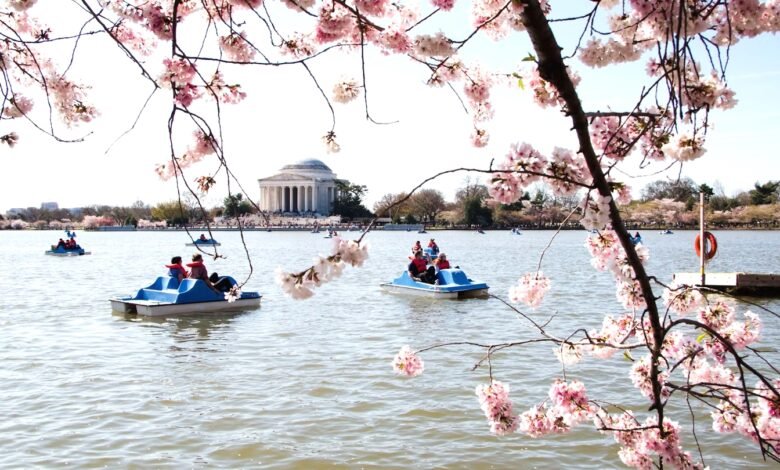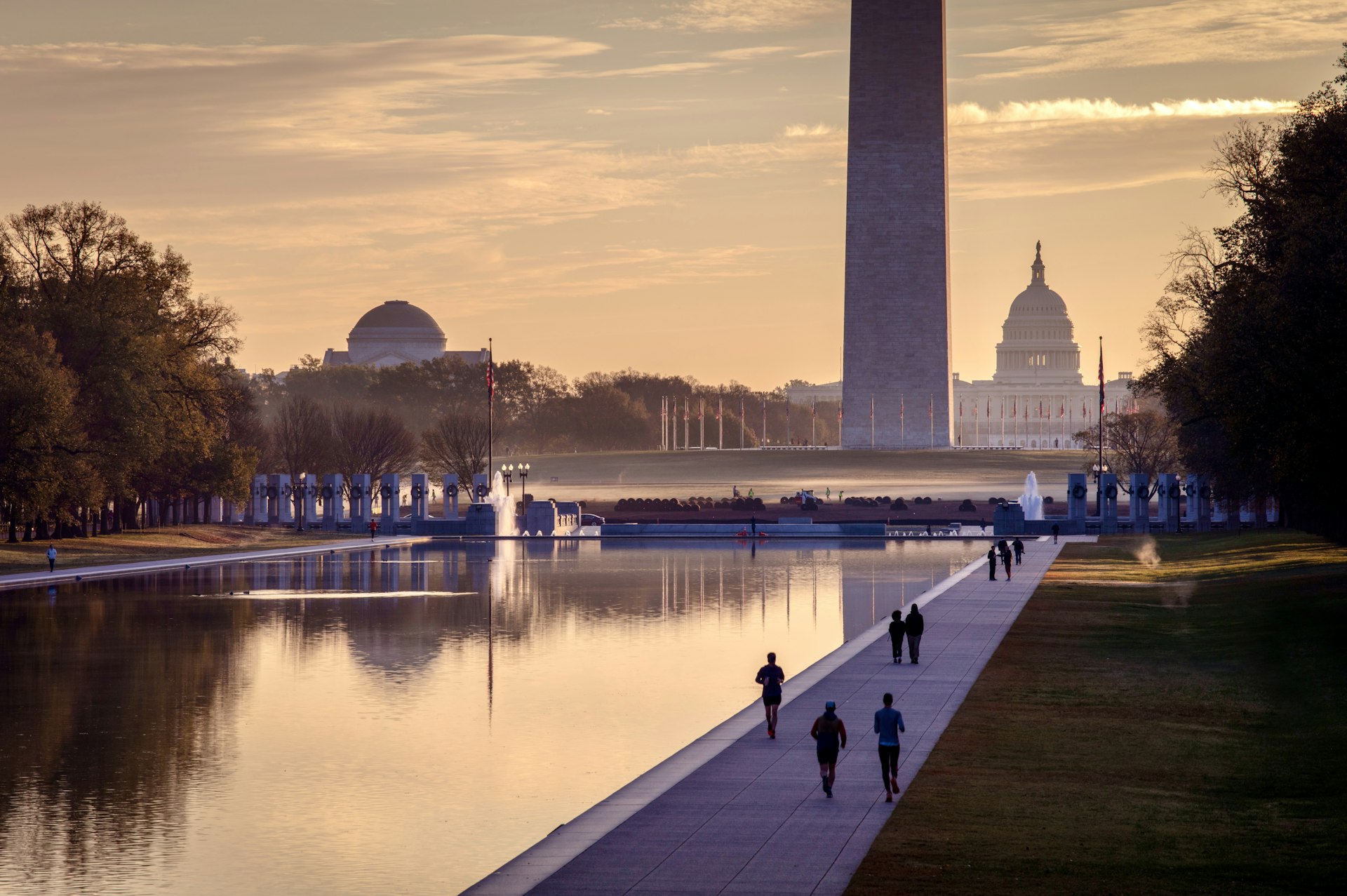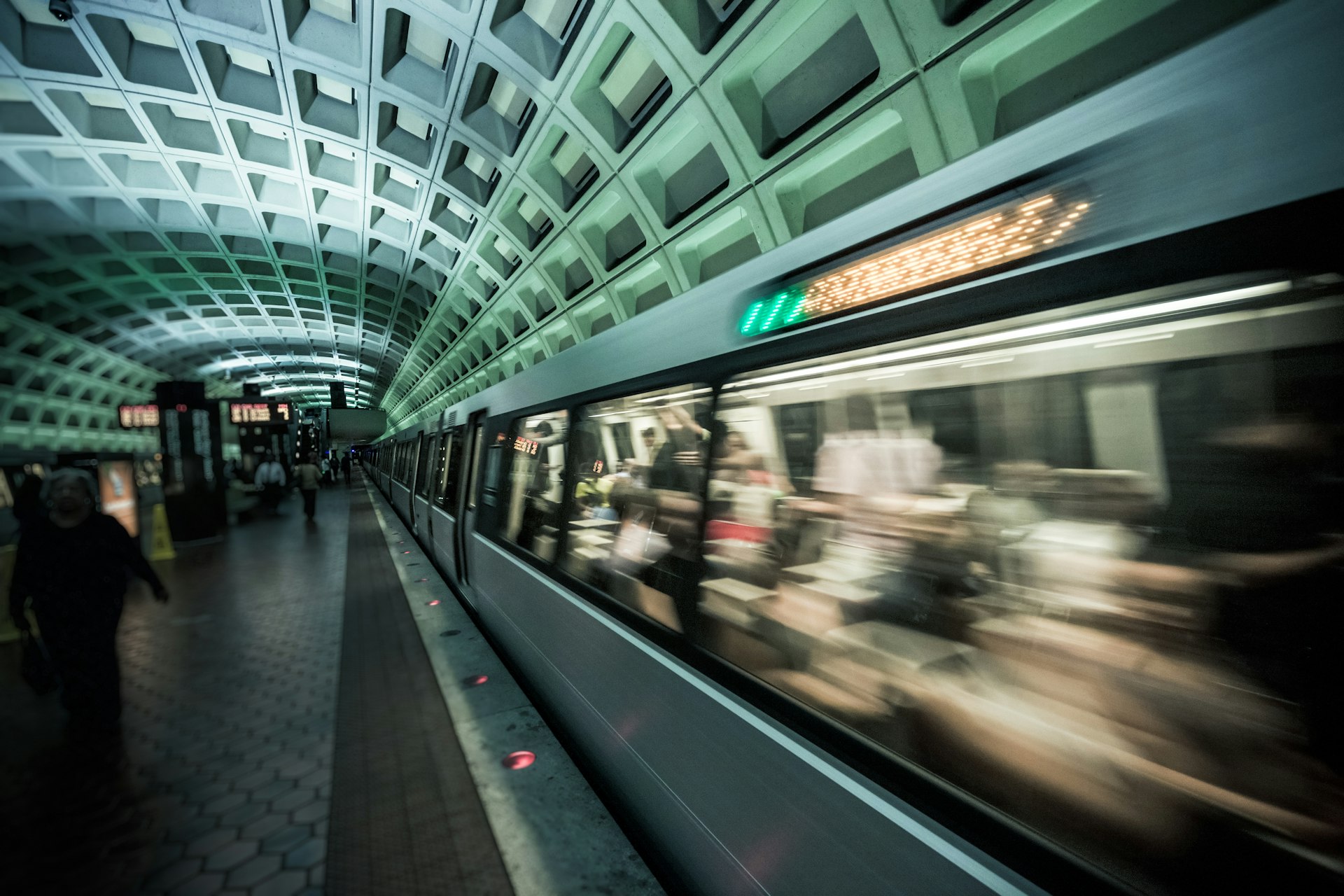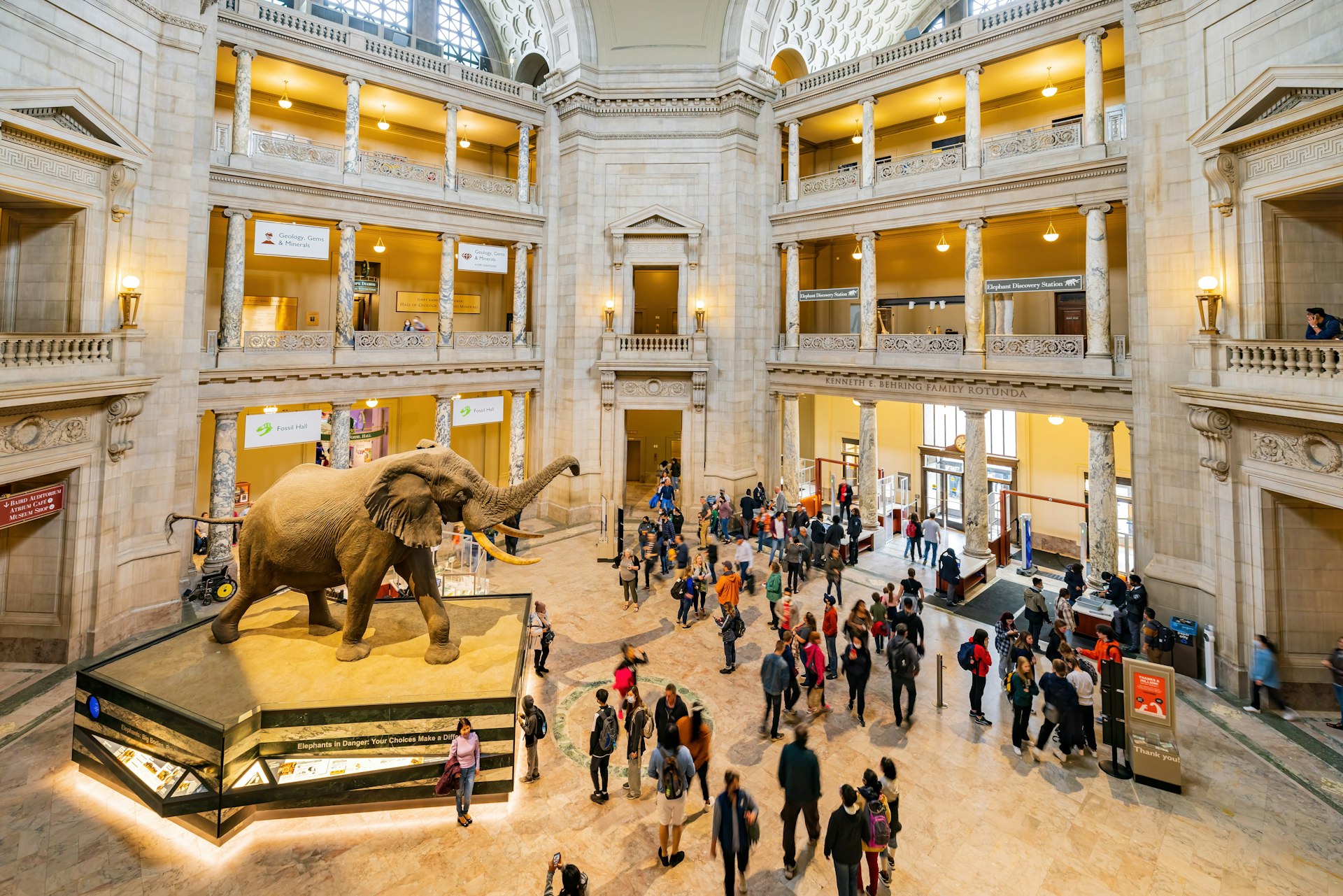8 Things to Consider Before Visiting Washington, D.C.
Don't get us wrong, though: exploring Washington, DC is a dream, and you'll fall in love with it if you use the following advice.

Washington, DC is remarkably simple to traverse considering that it was the country’s first planned city, purposely designed with town squares and lush parks, and organized according to a grid system. Having said that, if you intend to visit any of the country’s museums or official buildings—many of which have tight guidelines—a little forward planning will go a long way.
Don’t get us wrong, though: exploring this location is a dream, and you’ll fall in love with it if you use the following advice.
Read More: 10 of the Best Road Trips in Ireland
1. Remain cool, composed, and mindful of the season.
The time of your visit is a crucial consideration for several reasons. First off, the later summer months in Washington, DC, are extremely hot and humid. The warmest months are August and September; early spring and autumn bring cooler temperatures (and cheaper deals). One more reason to come in the spring? Since 1912, the city has been adorned with vibrant cherry blossoms, which are a testament to Japan’s goodwill with the American people. These trees, many of which are located on the National Mall, typically bloom in the middle of March or the beginning of April.
2. Discover more on a coach excursion
Once you have your bearings, Washington, DC is a very walkable city, but you should be aware of how humid and muggy it can get in the summer. Furthermore, it can be a little daunting at first to see how many monuments, galleries, and museums there are in Washington, DC. If you schedule a coach trip, you’ll not only receive an excellent overview of the city but will also be driven between its most important sites in the cool comfort of a car. There are five routes available for the hop-on, hop-off Big Bus trips, some of which concentrate on the National Mall. Adult one-day tickets start at $54, while children under three ride for free. Children aged three to twelve cost $45 each day.

3. Use appropriate walking shoes to pound the pavement for longer
The layout of the nation’s capital is pedestrian-friendly and well-organized, thus appropriate footwear is required. Consider the National Mall: this park loaded with monuments may seem smaller than it is, yet it is actually two miles long. Similar to this, there are also incredibly huge museums in the city. For example, the National Air and Space Museum has a building the length of three city blocks with displays, including the greatest collection of historic aircraft in the world.
4. Remain outside of the downtown area to save money
Although Washington, DC is one of the more costly cities in the country, you’ll receive a lot more value if you stay outside of the downtown area. Think about residential areas like the Navy Yard district on the riverfront or historic Georgetown. Establishing a base in Arlington, Virginia, an urban county directly across the Potomac River, is an additional choice. There are significantly more affordable hotel rooms here, and the city’s yellow and blue line metro system makes it simple to travel into downtown Washington, DC.

5. Use public transportation
The US capital boasts an excellent public transportation system in addition to being primarily flat, which is wonderful news for those who enjoy walking. The DC Circulator buses are ubiquitous across the city, with routes that connect districts like Dupont Circle with downtown DC as well as a special circuit for the National Mall. Regular fares begin at just $1, or 50¢ for those 65 and over. Children under five go free of charge. It has never been simpler to go from Dulles International Airport to Washington, DC’s downtown. The airport now has its own metro station, which can be reached by taking the recently constructed Silver Line into the city center, which opened in 2022.
6. Pack carefully to prevent breaking any security regulations
Remember that most of the major attractions in Washington, DC, have tight policies on what you can and cannot carry in, and that most of these locations will have metal detectors. For instance, all bags (with no storage facilities), e-cigarettes, liquid (even water bottles), strollers, iPads, and cameras with removable lenses are prohibited if you’re taking a tour of the White House.
Rules at museums and landmarks like the US Capitol Visitor Center are generally less strict – despite this, forbidden items like selfie sticks, e-cigarettes, and tripods are nearly always included. Since most backpacks must be kept in lockers, it’s a good idea to bring extra spare coins. Depending on the size of the locker and how long you plan to use it, you should budget between $1 and $5 per locker.

7. Choose the appropriate time to have access to your preferred landmarks
If visiting galleries and museums is part of your schedule, it’s important to consider what you want to see and when. You’ll be able to save money by doing this because, while all Smithsonian institutions are free to enter, other galleries and museums charge admission. This includes the National Museum of Women in the Arts, which admits adults for $16 (but children under 21 enter free of charge). But admission is free for everyone on the first Sunday and second Wednesday of each month.
Besides, a lot of museums stay open late, so there won’t be as many people there.The amazing Nighttime Adventures evenings at the Smithsonian National Museum of Natural History, for instance, are well-known. These events end at 11 p.m. Lastly, keep in mind that practically all of Washington, DC’s monuments are accessible year-round, making it simpler to avoid both the heat and the crowds. An empty stroll through the National Mall, lined with monuments, at midnight? Join us!
8. Pay attention to your surroundings to stay safe.
Take the usual safety precautions, such as keeping wallets, cameras, and iPhones out of sight.In addition to keeping valuables hidden, use the same strategy for telltale items like maps, especially in busy locations like Union Station in Washington, DC, as tourists are more likely to carry items like passport wallets, purses filled with cash, and cameras.







